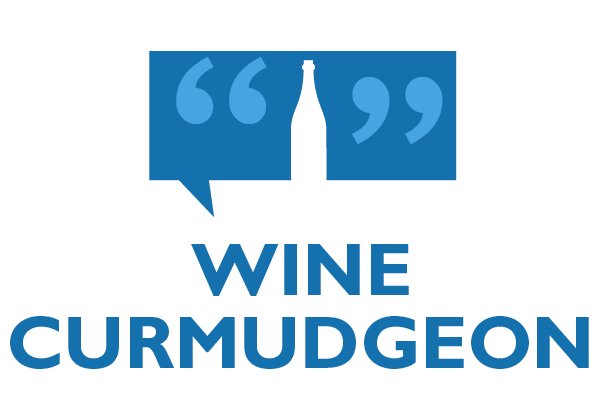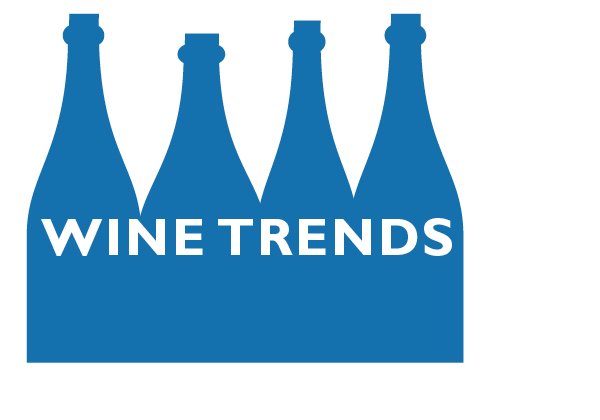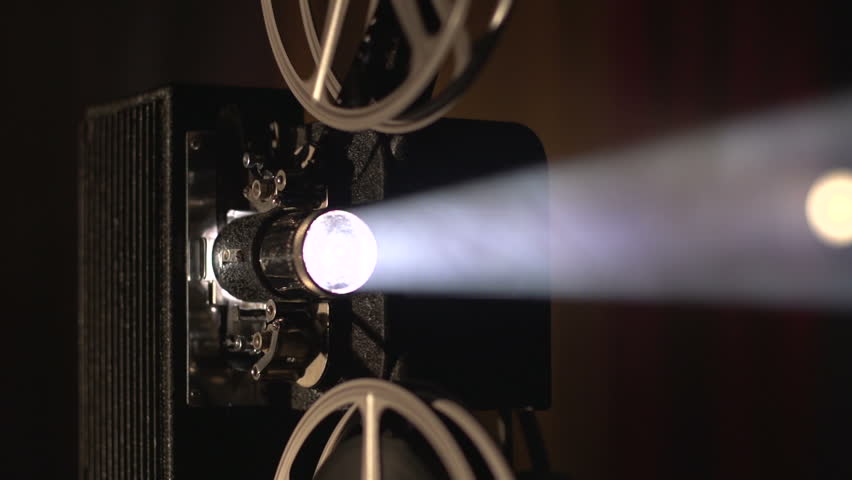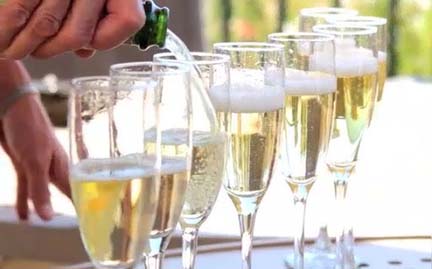My apéritif with Randall Grahm
 Dallas, finally, seems to be taking to Randall Grahm. The Bonny Doonster sold out a winemaker dinner at the new and much-praised Rapscallion on Monday night, and Dallas winemaker dinners usually don’t sell out unless they feature men who make massive, gigantic Napa-style red wine that costs too much money. Plus, Grahm’s wines are starting to show up on store shelves here, something that hasn’t happened in years.
Dallas, finally, seems to be taking to Randall Grahm. The Bonny Doonster sold out a winemaker dinner at the new and much-praised Rapscallion on Monday night, and Dallas winemaker dinners usually don’t sell out unless they feature men who make massive, gigantic Napa-style red wine that costs too much money. Plus, Grahm’s wines are starting to show up on store shelves here, something that hasn’t happened in years.
Grahm’s trip gave us a chance to hold another of our sort of annual visits, where we taste his wines and solve the problems of the post-modern U.S. wine business. This time, we talked before the dinner, which I didn’t stay for since I didn’t want to stop him from schmoozing with the paying guests (schmoozing being winemaker slang for mingling with the customers).
The highlights of our chat and a few notes about three of the wines served with the dinner:
• The California drought cut yields in 2015, but Grahm said that winter rain seems to have helped all but the worst hit areas. One side effect: Many grapes ripened early, so some 2015 wines won’t have as much structure or acidity, and could be more flabby. That’s something I’ve tasted so far, and it has been quite disappointing.
• He says he is “gaining clarity” about how to approach the Popelouchum Vineyard, where he hopes to create 10,000 new grape varieties (last year’s successful Indiegogo crowdfunding project). Grahm is especially excited about using furmint, a Hungarian white grape, and a native Texas rootstock, Vitis berlandieri, that does well in stony soils. Vines are growing on the property, though money remains a problem.
• On so many wineries — that don’t own land or winemaking facilities — being bought for so much money by Big Wine: “It’s like money in the political process,” he said. “Where does it all come from?” That Big Wine is buying producers for nothing more than their brand is difficult for long-time producers like Grahm to make sense of, given that wine is supposed to be about the land the grapes are grown on.
The wines, as always, were top notch. The new vintage of the Vin Gris de Cigare ($15, sample, 13.5%) was less Provencal and more Bordeaux than usual, with a chalky finish, a less crisp mouth feel, and darker, though still subtle, fruit.
The 2012 Le Pousseur Syrah ($26, sample, 13.4%) is what New World syrah should taste like — earthy, peppery, and spicy, with soft black fruit and the tannins to match, while the bacon fat aroma is textbook. The 2012 gets more interesting as it ages, particularly as the fruit softens. This syrah is my favorite Bonny Doon wine, and I’ve even paid for it. That it tastes so fresh and alive after all this time under screwcap should put all that cork and aging foolishness to rest.
The 2011 Le Cigare Volant ($45, sample, 14.2%) is a Rhone-style blend, mostly mouvedre and grenache, that takes this style of wine toward an elegance I didn’t think possible with Rhone blends. It’s also somehow a food wine (lamb?), a contradiction usually only seen in red Burgundy. Look for a long, long wine with sophisticated tannins, layers of flavor that are only just beginning to show, and cherry fruit in there somewhere. It, too, should keep aging — maybe even a decade.









Thank you — I value Randall’s creative perspective…interesting conversation. I’m pleased you shared. Cheers!
As I read this, I am looking up at a framed poster above the computer in my office of Le Cigare Volant 1984, encouraging “terrestrial visitation at the winery.” The wine was drunk long ago and it’s been many years since I visited Bonny Doon. I think it might be time to make another visit.